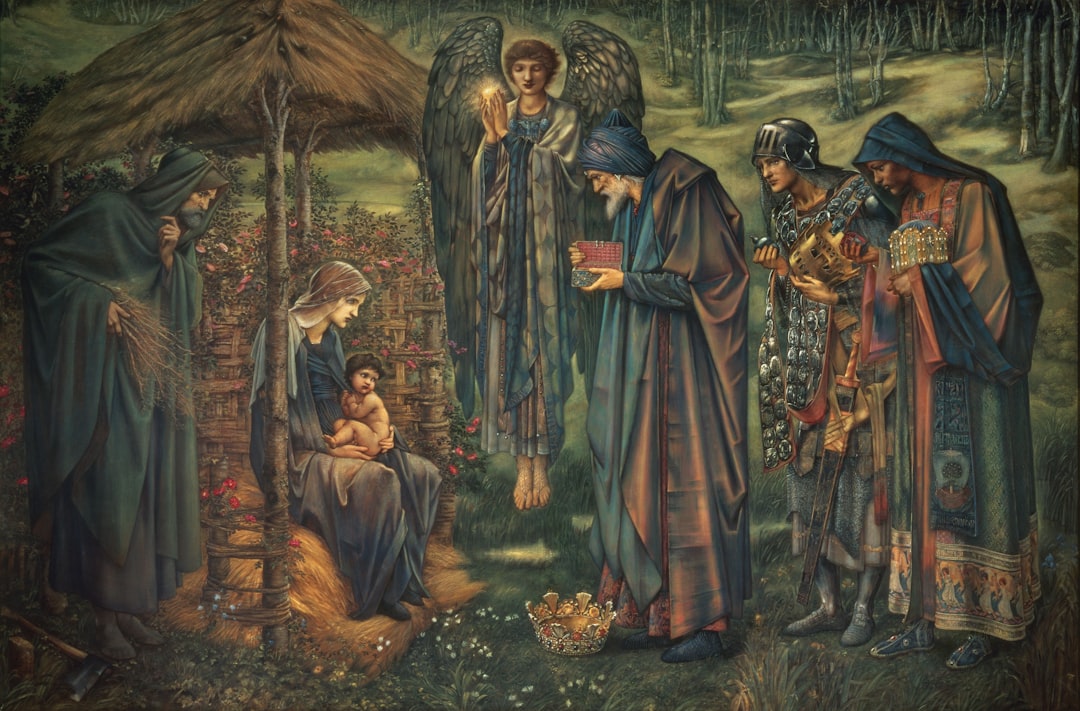What is it about?
The present essay describes the transformation of Landauer's brutal death in May 1919 at the end of the Räterepublik of Munich, into an image of martyrdom in the eulogies of his friends: Buber, Susman, Mauthner, and Bab. This essay is an attempt to capture the tragic shift from a living revolutionary who projected his unique anarchist views onto the failed Munich Revolution to the efforts of a group of close friends who searched to save their friend Landauer from the infamy of failure, making of his months in Munich and his death an important amendment to his spiritual and political legacy.
Featured Image

Photo by Richard James on Unsplash
Why is it important?
This inquiry into the funerary shaping of Landauer’s legacy undertakes a multifaceted study of a wide range of sources written by Landauer and his friends, aiming progressively at disclosing the spiritual redemption of his cruel death. These funerary and literary elaborations on Landauer’s death shed light on the contradiction between his thought and his fatal involvement in the Munich Revolution. The study of these eulogies will reveal the tension between Landauer’s death and his surviving legacy, a tension which finds its resolution in the harmonization of these two conflicting elements into a political lesson for the future.
Perspectives
Landauer's execution by the Freikorps illustrated the discrepancy between Landauer's expectations when he threw himself into the Munich Revolution at the end of 1918 and the contradictory reactions of his close companions, who were hesitant about his revolutionary commitment but wanted to remain faithful to his intellectual legacy. This article was the occasion to analyze the fine line between politics and philosophy, the apology of non-violence and the necessity of action, an intellectual and a political revolution.
Libera Pisano
Universitat Pompeu Fabra
Read the Original
This page is a summary of: Farewell to Revolution! Gustav Landauer’s Death and the Funerary Shaping of His Legacy, Journal of Jewish Thought and Philosophy, September 2020, Brill,
DOI: 10.1163/1477285x-12341309.
You can read the full text:
Resources
Contributors
The following have contributed to this page










